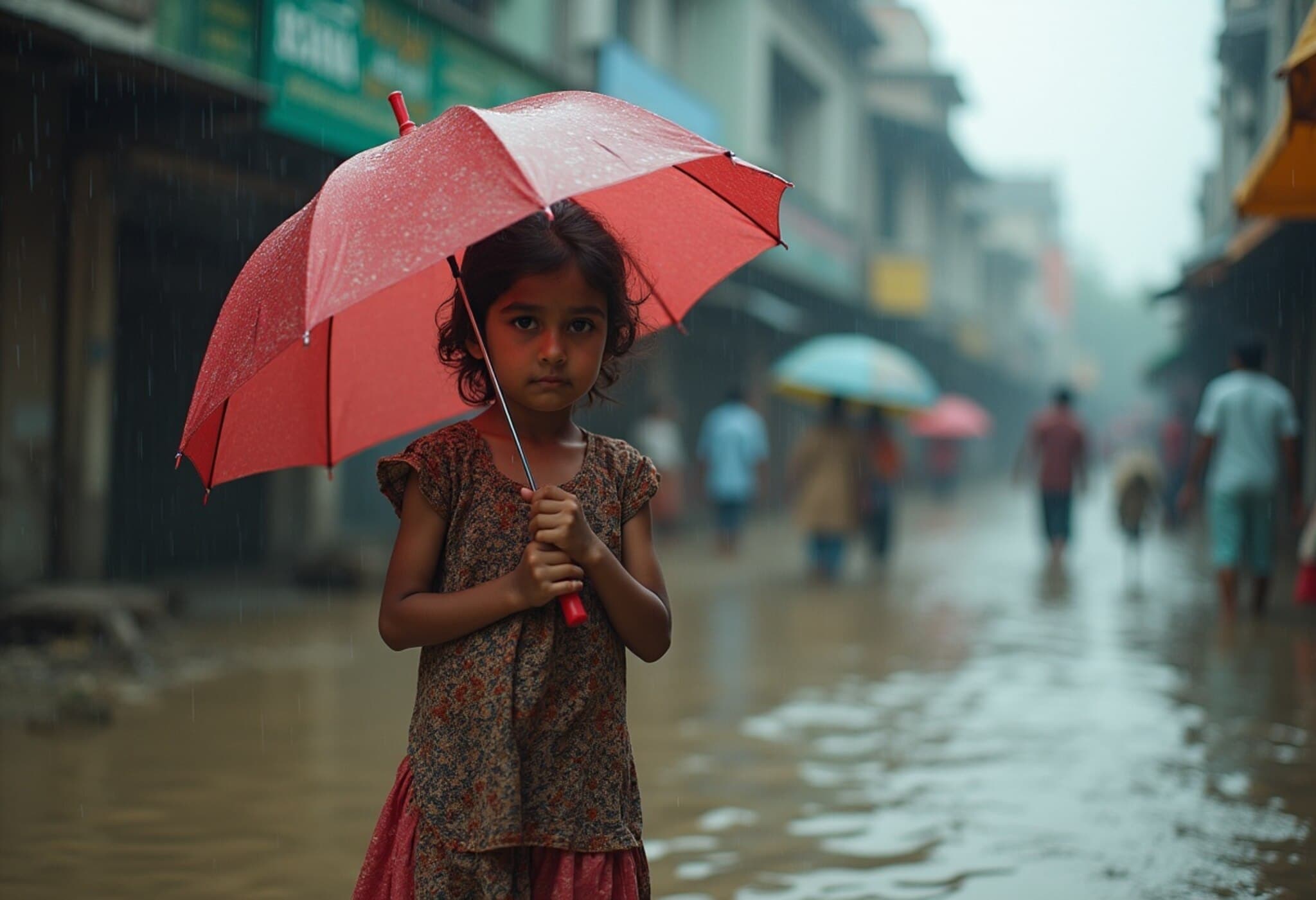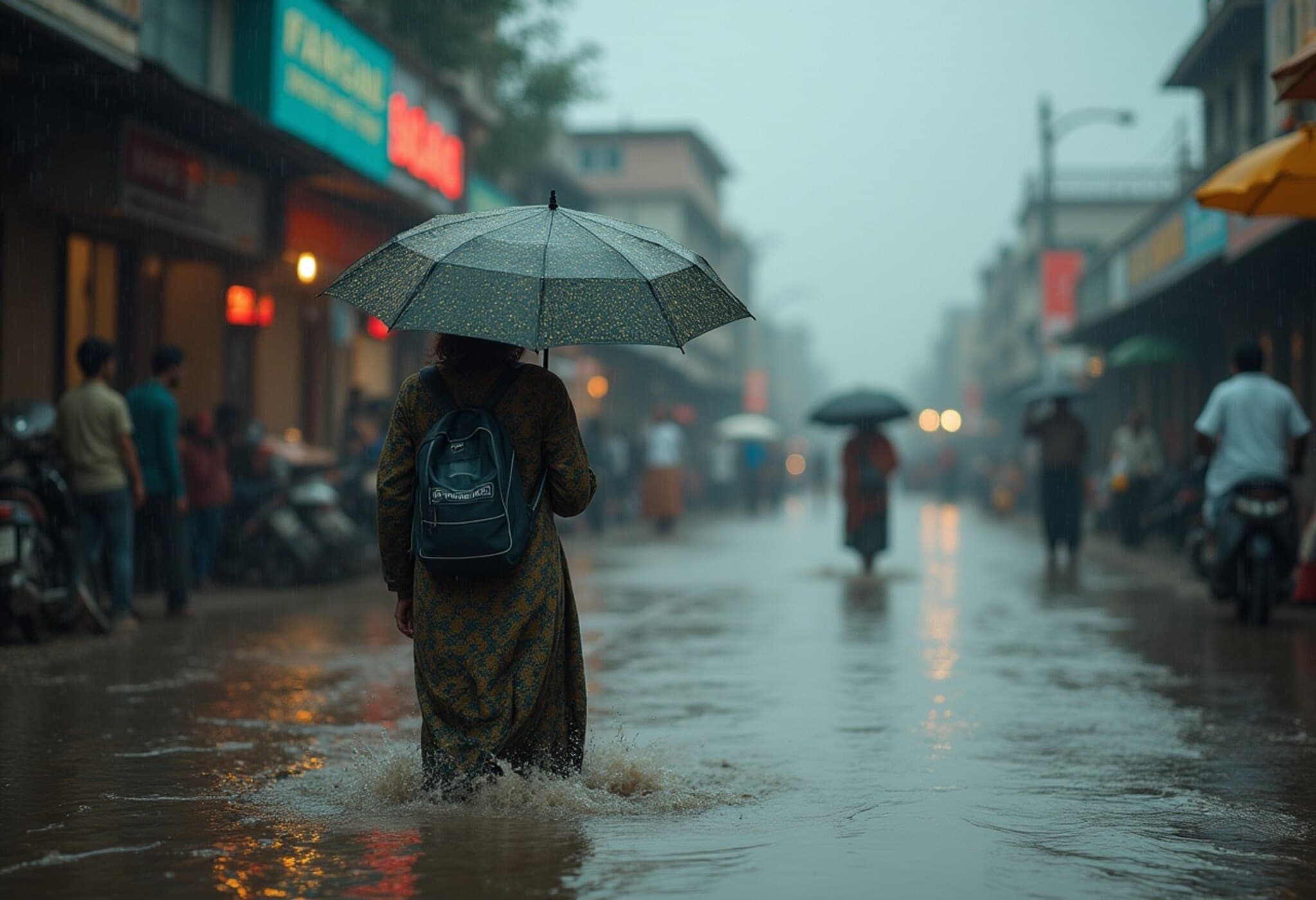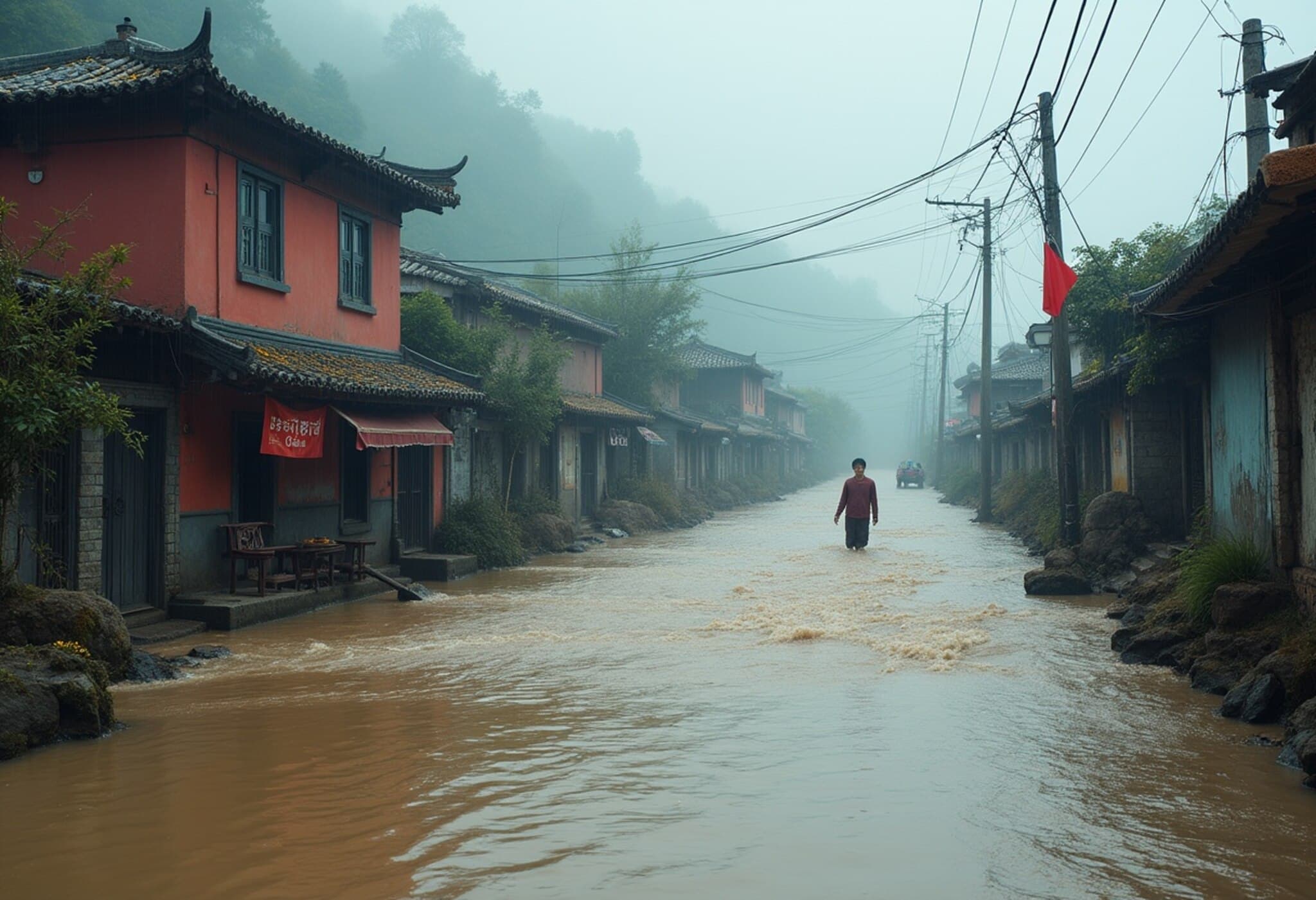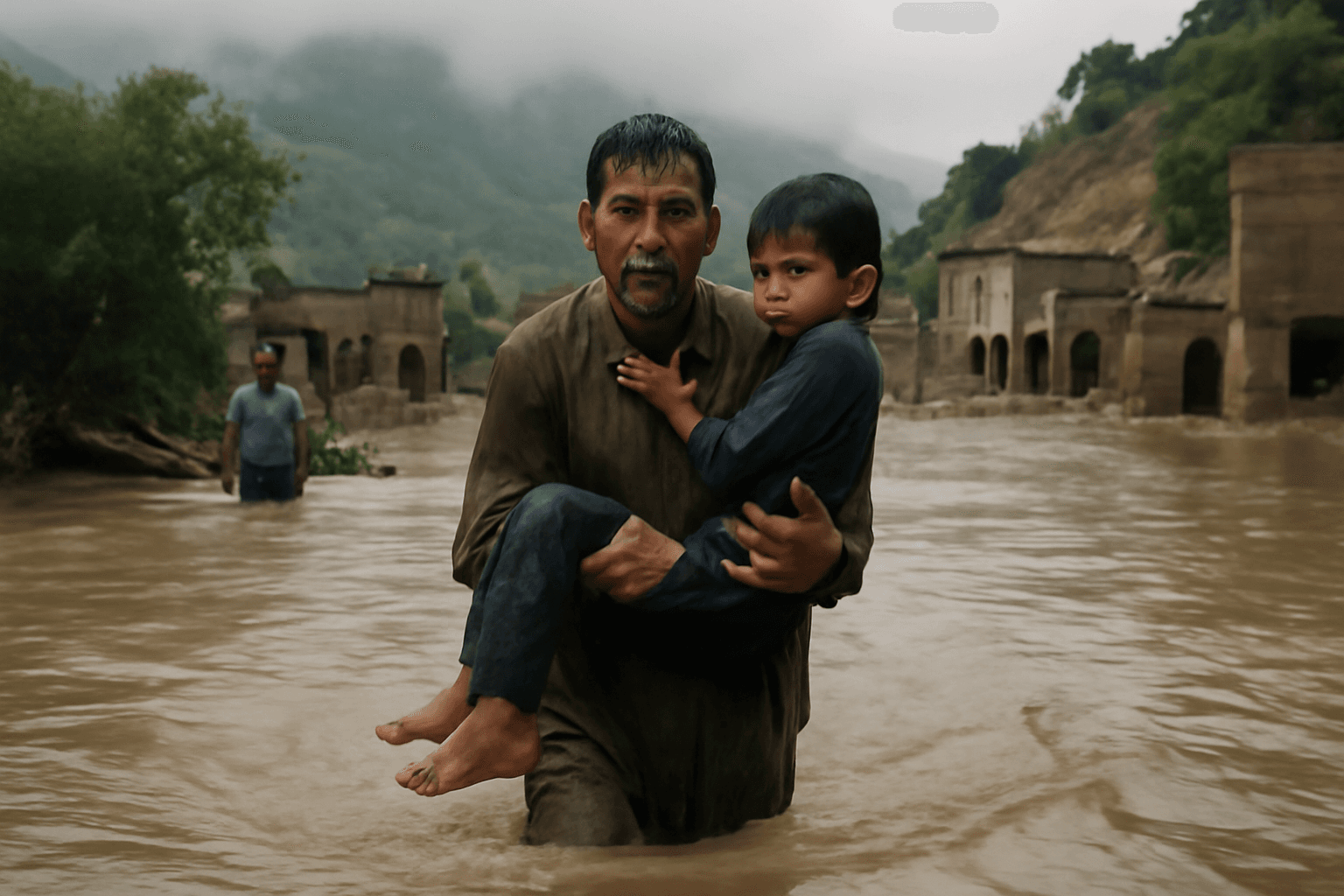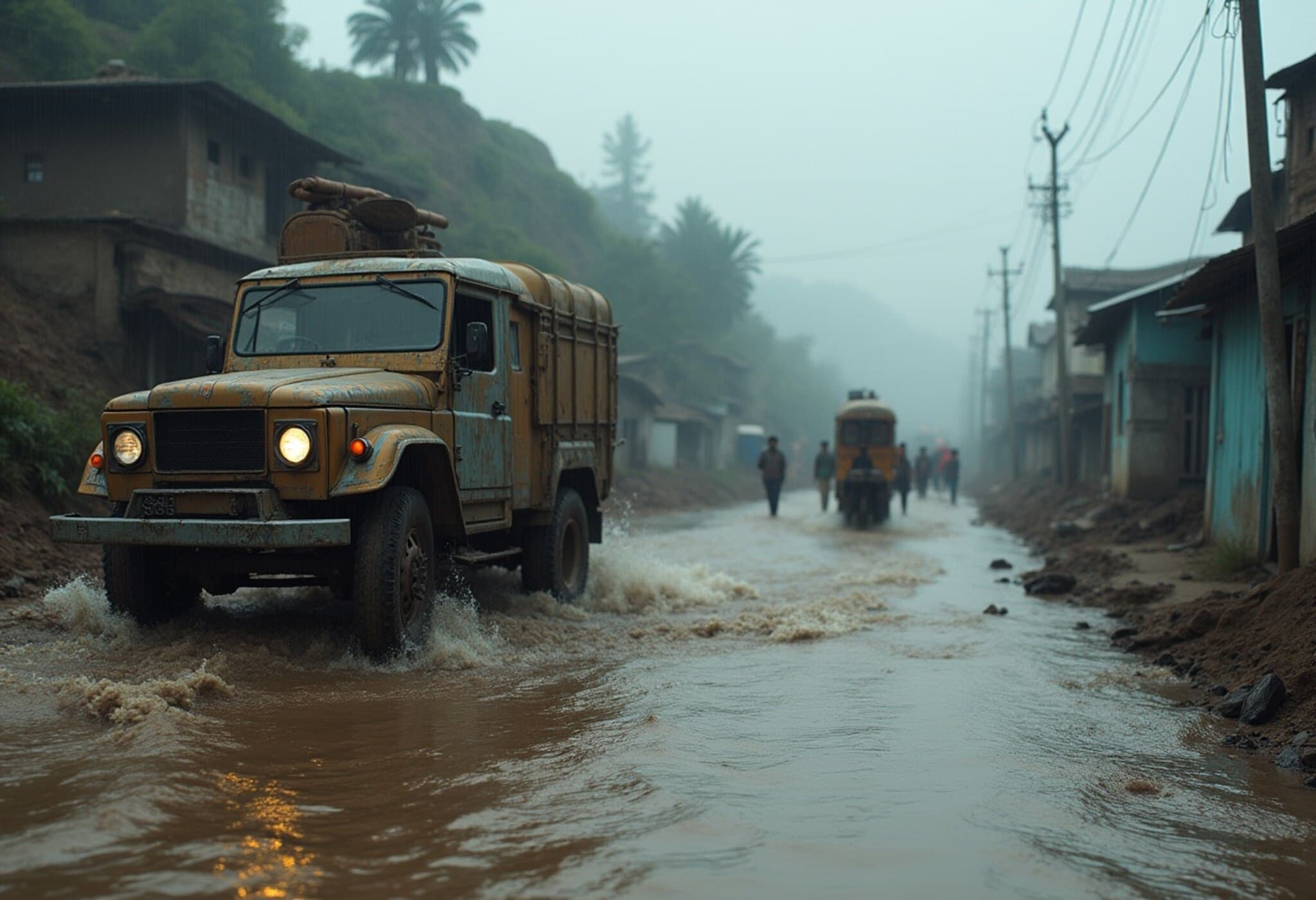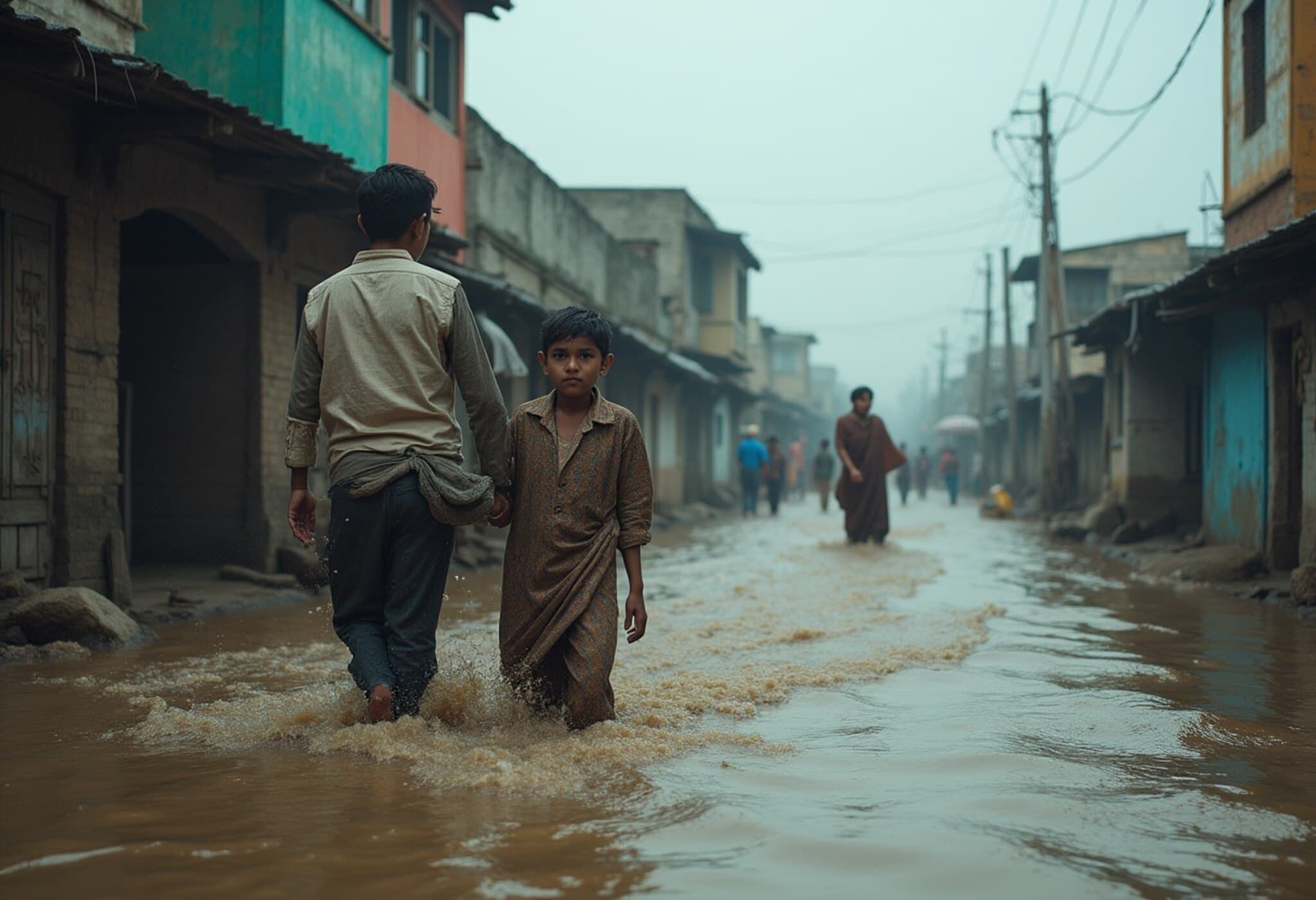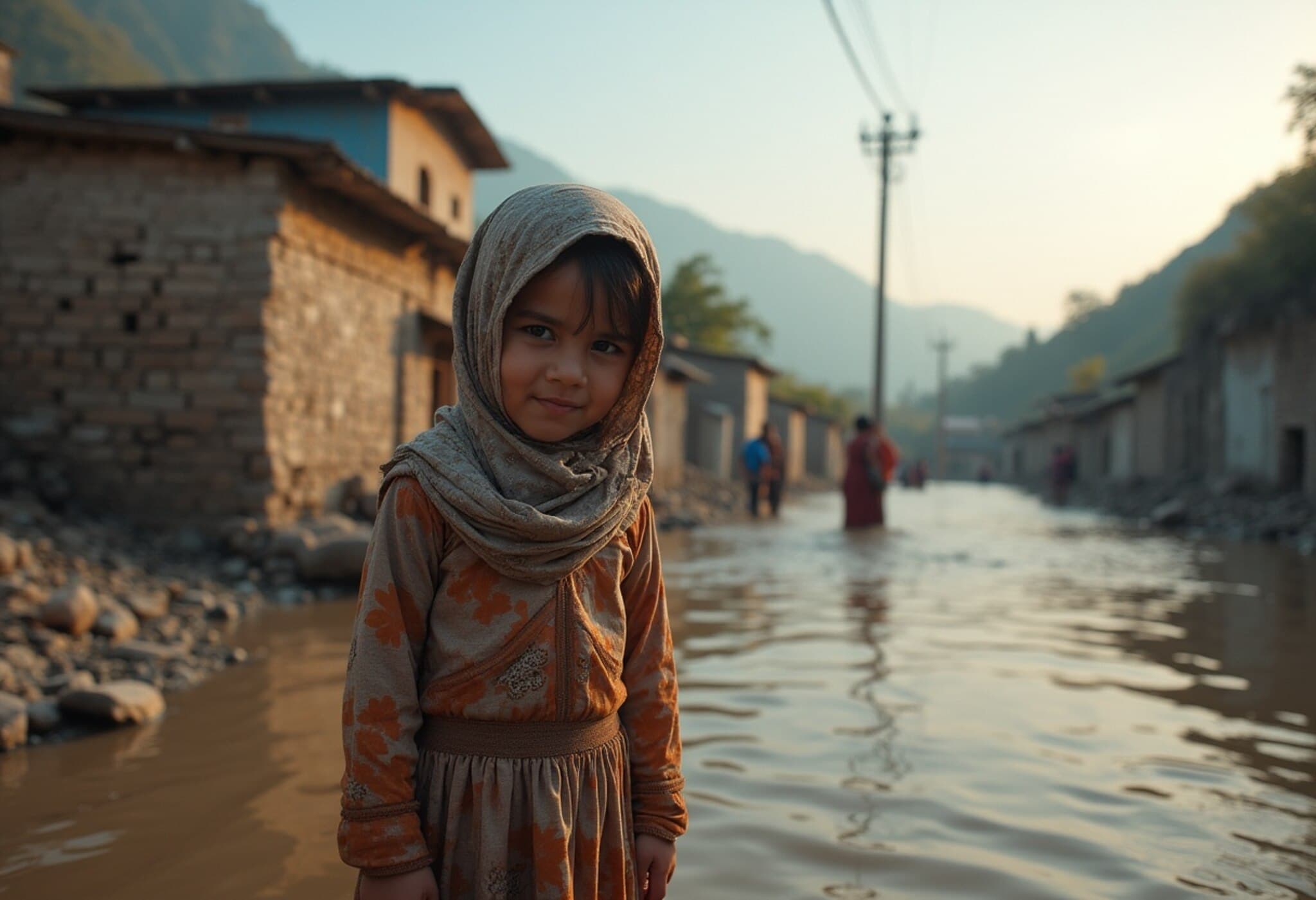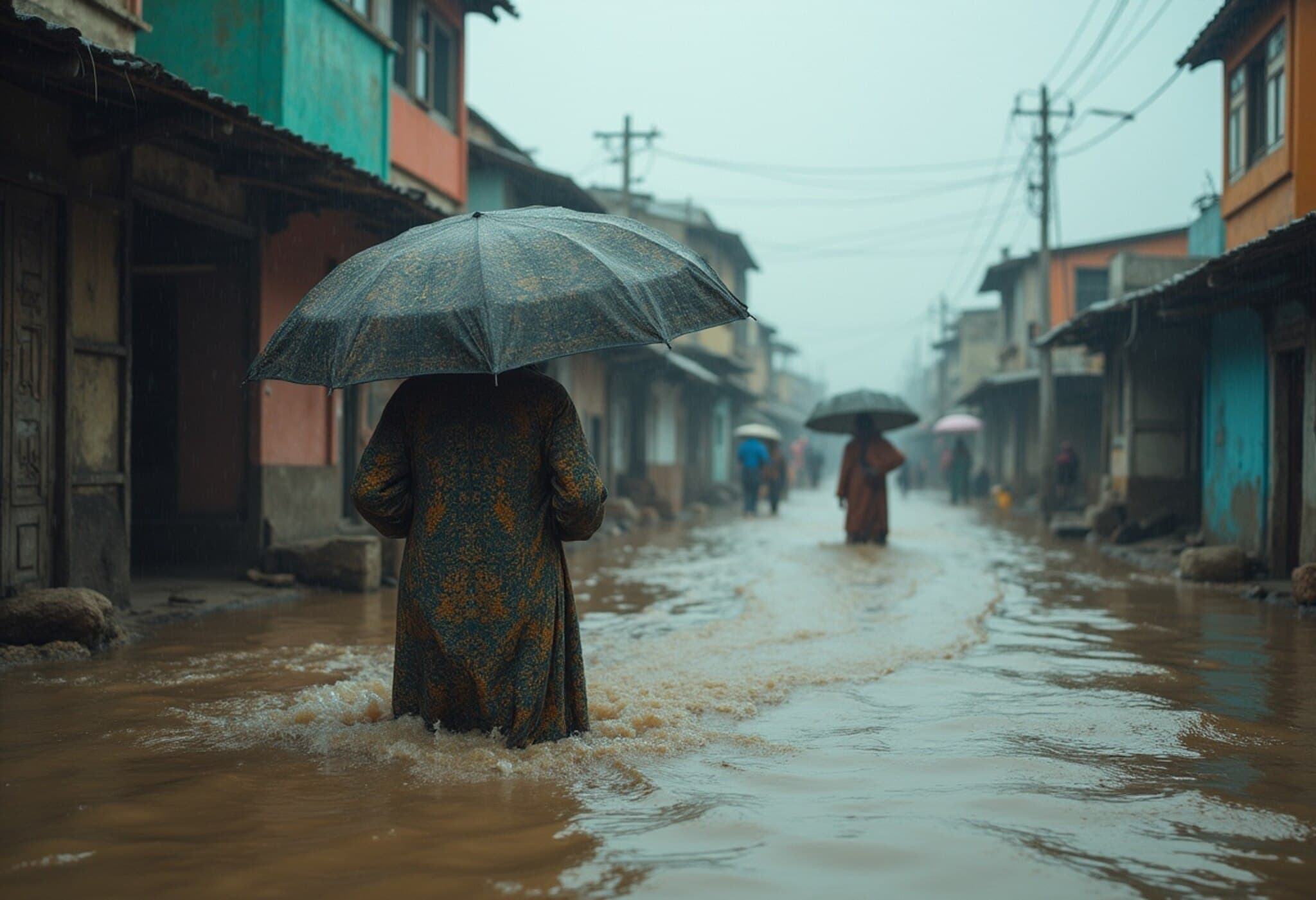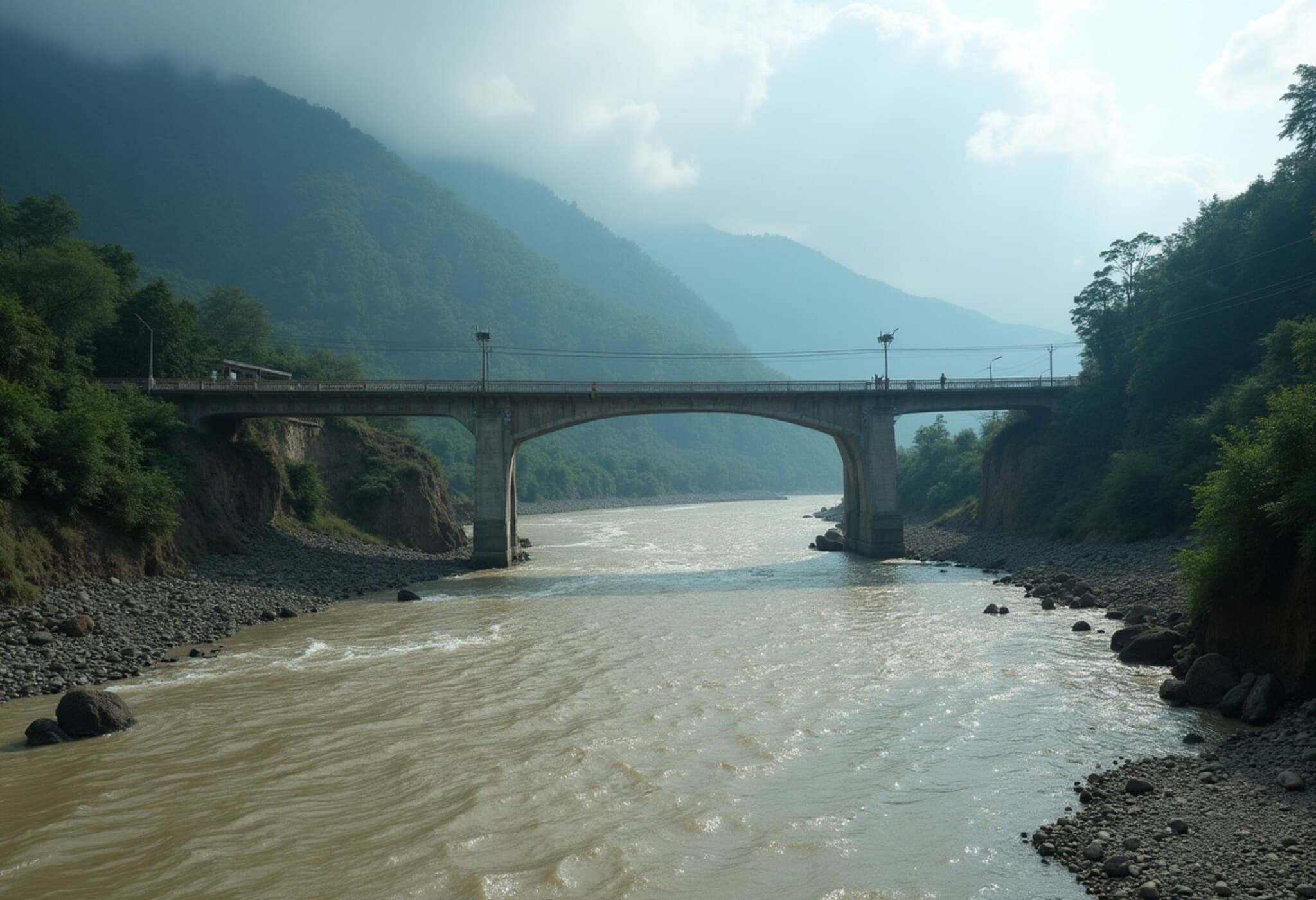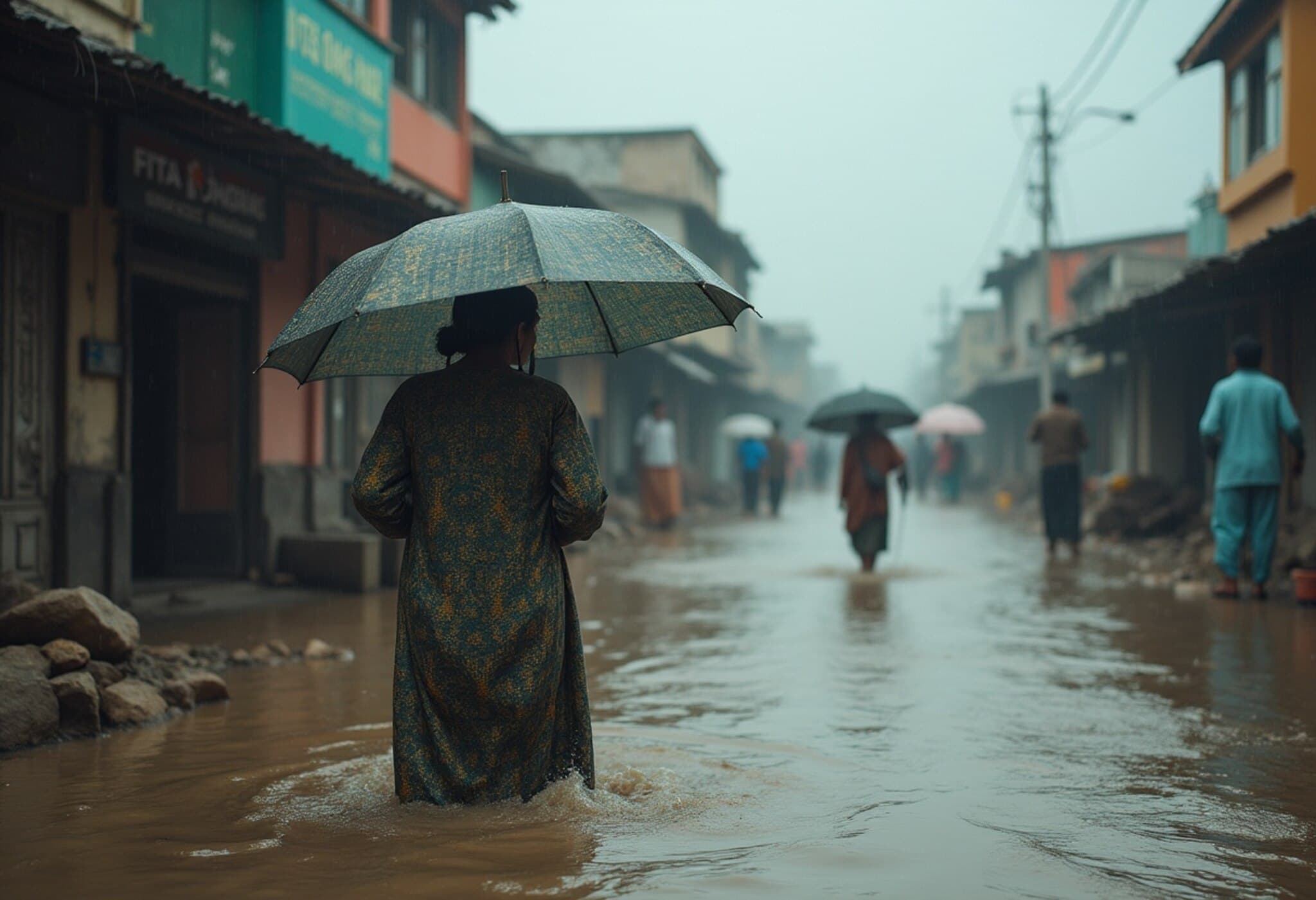Pakistan Faces Devastating Floods Amid Ongoing Monsoon Season
Since late June, torrential monsoon rains have unleashed a deadly wave of destruction across Pakistan, claiming the lives of 299 people, including over 140 children, according to the National Disaster Management Authority (NDMA). These catastrophic floods and landslides have shocked communities, overwhelmed emergency responders, and raised urgent concerns about climate resilience in the region.
Human Toll and Immediate Impact
The NDMA’s latest figures reveal a grim breakdown of the victims: 140 children, 102 men, and 57 women have lost their lives, while another 715 individuals sustained injuries. The injuries disproportionately affected children and women, with 239 of the injured being children and 204 women. Many fatalities stemmed from structural collapses, drowning, flash floods, landslides, lightning strikes, and electrocutions.
Widespread Destruction of Homes and Livelihoods
The floods have destroyed critical infrastructure and displaced thousands. More than 1,676 homes were damaged, with 562 destroyed entirely. The agricultural sector also suffered heavy losses, including approximately 428 livestock lost. These figures underscore the cascading effects on the livelihoods of vulnerable rural families, exacerbating food insecurity and poverty.
Government Response and Forecasts
The NDMA has undertaken extensive rescue and evacuation operations, saving nearly 2,880 people from danger zones. However, ongoing monsoon activity continues to pose a threat. Pakistan Meteorological Department (PMD) forecasts predict persistent rainfall, thunderstorms, and isolated heavy showers expected from August 4 through 7, particularly in northern and central regions.
- PMD has issued warnings urging provincial and district authorities to enhance flood control measures.
- Urban areas remain particularly vulnerable to flash floods due to inadequate drainage infrastructure.
Broader Climate and Policy Implications
Flooding is not a new phenomenon in Pakistan, but what is alarming is the increasing frequency and intensity of such events, highlighting the urgent need for climate adaptation strategies. Experts point to a combination of factors including changing monsoon patterns, deforestation, unplanned urbanization, and inadequate flood management infrastructure.
From a policy perspective, this disaster serves as a stark reminder of the critical gaps in preparedness. Strengthening early warning systems, investing in resilient infrastructure, and integrating community-based disaster risk reduction strategies must become national priorities.
Voices from the Ground
Local residents recount harrowing experiences of sudden flooding destroying homes and cutting off access to essential services. Parents mourn children lost to preventable hazards like collapsing roofs and electrocution. Many displaced families face uncertainty about rebuilding amid mounting economic pressures.
Looking Ahead
As Pakistan braces for continued volatile weather, coordinated international aid, government commitment, and grassroots action are crucial to mitigate human suffering and build resilience.
Editor’s Note
The tragic loss of hundreds, especially children, in Pakistan’s monsoon floods is a stark human cost of climate vulnerability intensified by systemic shortcomings in disaster preparedness. While immediate rescue efforts are vital, the long-term focus must be on sustainable adaptation and infrastructural reform to protect communities from increasingly frequent climate shocks. Readers are encouraged to consider how global climate policies connect with on-the-ground realities in vulnerable developing regions.

